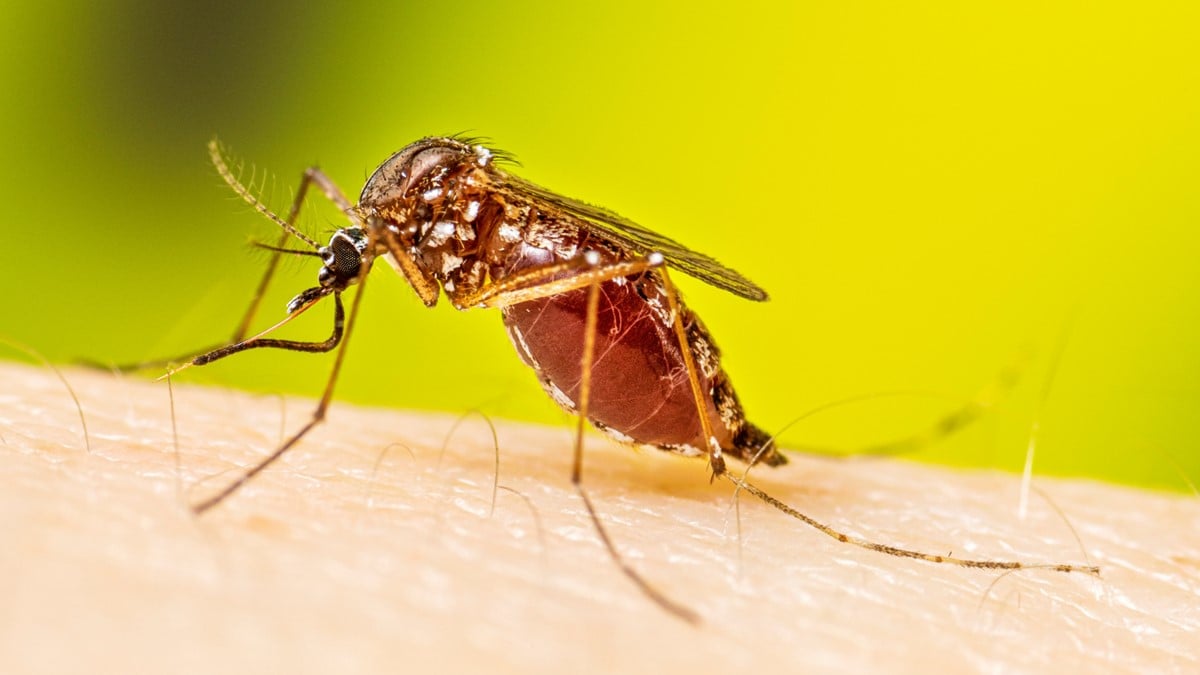What to know
- Aedes aegypti mosquitoes spread viruses including dengue, Zika, and chikungunya.
- Aedes aegypti are common throughout many areas of the United States.
- Aedes aegypti can be genetically modified (GM) and used to control other Ae. aegypti in a community.
- The Environmental Protection Agency (EPA) regulates use of GM mosquitoes. State and local authorities must approve release of GM mosquitoes.

How GM mosquitoes are produced and used
Production
- GM mosquitoes are mass-produced in a laboratory to carry two types of genes:
- A self-limiting gene that prevents female mosquito offspring from surviving to adulthood.
- A fluorescent marker gene that glows under a special red light. This allows researchers to identify GM mosquitoes in the wild.
- GM mosquitoes produced in a lab lay eggs, which carry the self-limiting and fluorescent marker genes.
Use for mosquito control
Mosquito control professionals release GM mosquito eggs into an area.
- When the eggs hatch, they develop into adult mosquitoes. These mosquitoes mate with wild females.
- The genes are passed on to offspring.
- The expected result of using GM mosquitoes is that the numbers of Ae. aegypti mosquitoes in an area decreases.
Did you know?
Only female mosquitoes bite. They need a blood meal to produce eggs. Male mosquitoes do not bite. They feed on nectar from flowers.
Effectiveness in reducing numbers of mosquitoes
- GM mosquitoes have been successfully used in parts of Brazil, the Cayman Islands, Panama, and India to control Ae. aegypti mosquitoes. Since 2019, over 1 billion mosquitoes have been released.
- When GM mosquitoes stop being released into an area, the Ae. aegypti mosquito population will slowly return to "normal levels."
- GM mosquitoes will only work to reduce numbers of target mosquito species (e.g., Ae. aegypti), and not other mosquito types. Most communities have more than one type of mosquito.

No risk to people, animals, or the environment
The EPA evaluated the potential risk of releasing GM mosquitoes into communities and determined that there is no risk to people, animals, or the environment.
For more information, see EPA's Human Health and Ecological Risk Assessment.
GM mosquitoes and disease outbreaks
Release of GM mosquitoes is not intended to stop an ongoing disease outbreak. Instead, GM mosquitoes are meant to help prevent disease outbreaks.
- Releasing GM mosquitoes over several months can reduce the number of a specific mosquito species, such as Ae. aegypti.
- Reducing numbers of mosquitoes that can spread germs can help reduce the chance of an outbreak starting.
- The best way to prevent disease outbreaks is to control mosquitoes before an outbreak happens.
Complements other mosquito control methods
GM mosquitoes only target a specific type of mosquito. Most communities have many types of mosquitoes. Therefore, to control other types of mosquitoes an integrated mosquito management approach should continue being used.
Regulation
The EPA regulates the use of GM mosquitoes in the United States. The EPA has authorized use of OX5034 GM Ae. aegypti mosquitoes for release in counties in Florida and Texas. This authorization allows local mosquito control programs to evaluate how effective GM mosquitoes are in reducing mosquitoes in areas where they have been released.
- In the United States, the use of GM mosquitoes is regulated by the EPA.
- Prior to release of GM mosquitoes into an area, EPA must grant an Experimental Use Permit (EUP).
- Information on EPA's EUP is available on Regulations.gov in Docket ID EPA-HQ-OPP-2019-0274.
- In addition to EPA authorization, state and local authorities must approve release of GM mosquitoes.
